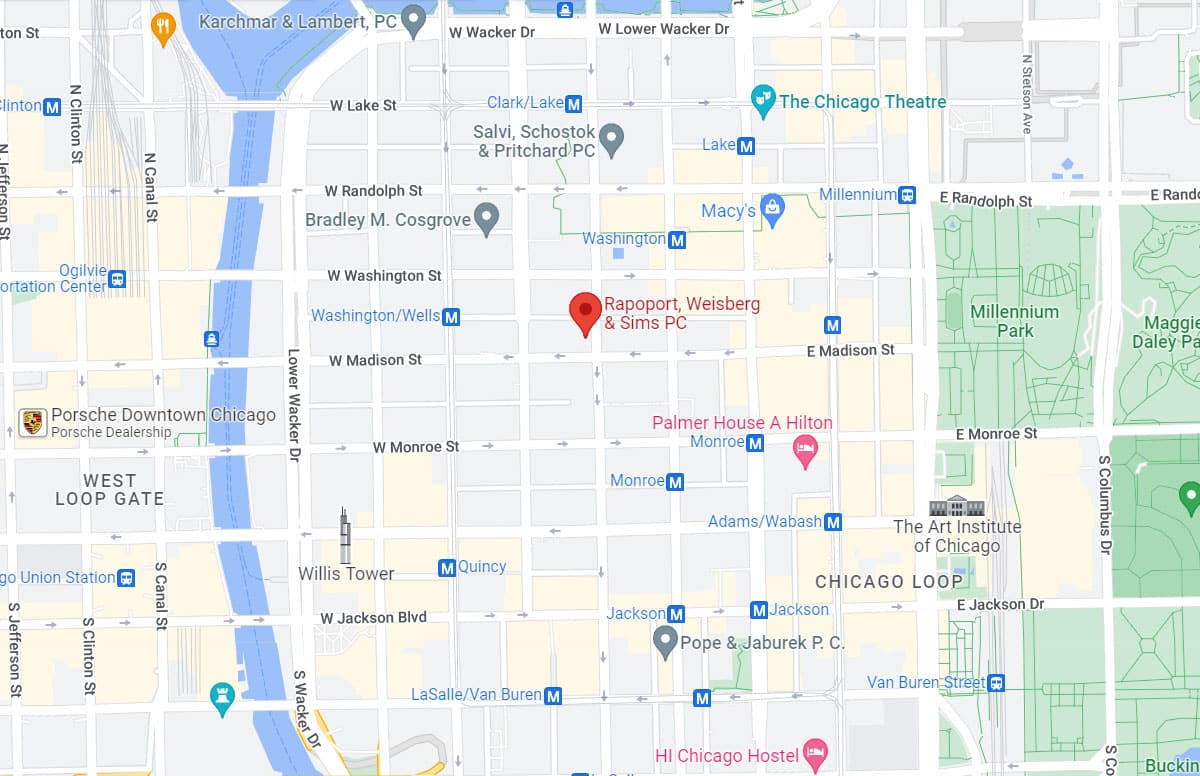Early numbers show that traffic fatalities will likely drop in 2013. After a steady decrease in deadly traffic accidents from 2005 to 2011, fatal crashes rose in 2012. Preliminary data collected by the National Highway Traffic Safety Administration led the organization to predict a 4.4 percent drop in fatalities compared to 2012. While some of that can be explained by a decrease in the total number of miles being driven, there are several potential explanations for the drop in deadly car accidents.
The Federal Highway Administration shows that Americans drove 0.8 percent fewer miles over the first three months of 2013 compared to the year prior. So while the 4.4 percent drop may be partly explained by a decrease in mileage, there are likely other factors at work. The NHTSA has tracked a steady increase in seat belt use going back roughly 20 years. Increased seat belt use has coincided with a drop in the percentage of fatal accidents. The NHTSA suggests that lap and shoulder belts decrease the likelihood of front-seat passengers suffering a fatal injury in an accident by 45 percent.
Severe weather is also known to have an impact on fatal car accident data. Harsh winters counter-intuitively lead to smaller number of fatal crashes, as they stop many people from getting on the roads at all. Difficult economic periods may depress the number of younger drivers on the road. That group suffers from the highest fatal accident rates, according to the Centers for Disease Control and Prevention.
Whatever the cause, the prediction that roughly 330 fewer lives will be lost on American roadways this year is certainly good news.
Source: Kicking Tires, “NHTSA Predicts Traffic Deaths Down in 2013,” by Jennifer Geiger, 30 August 2013
